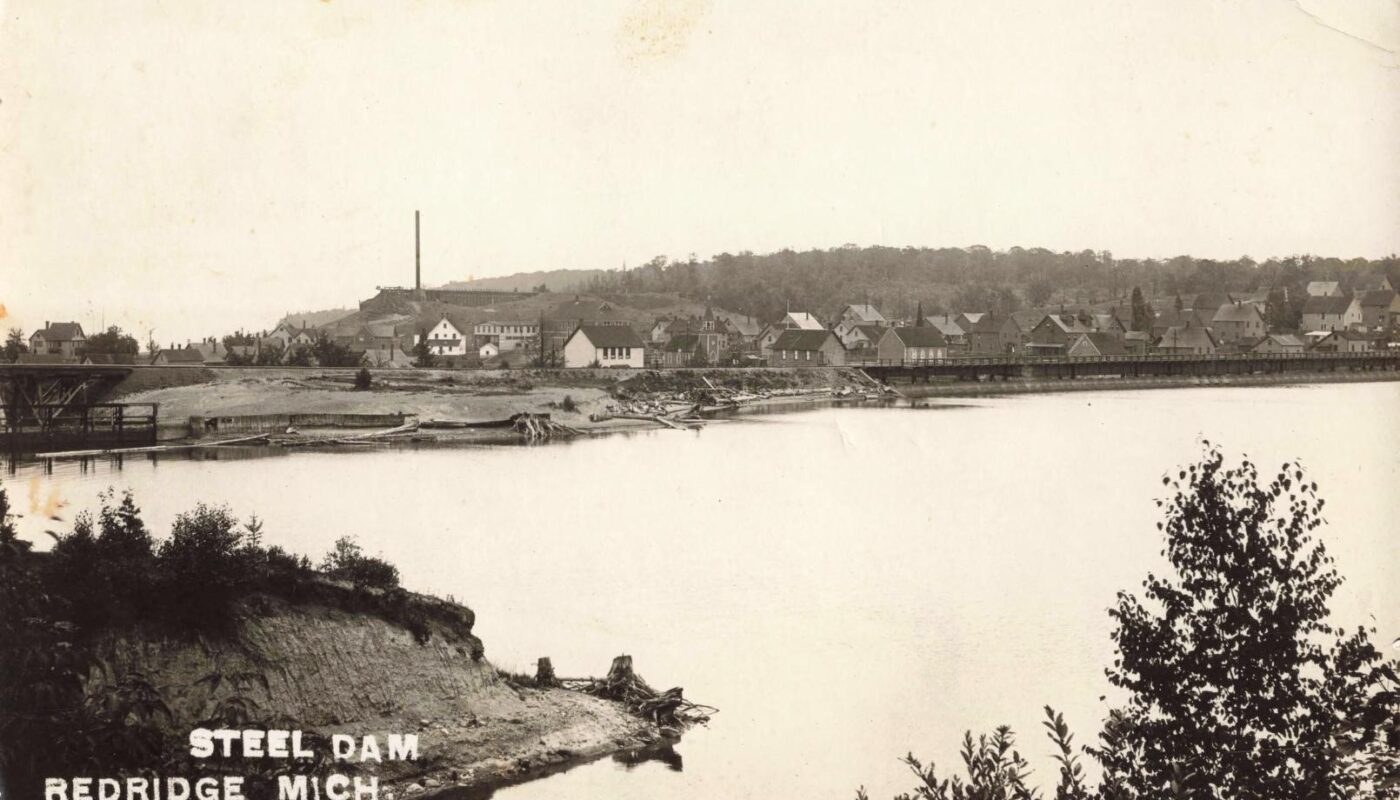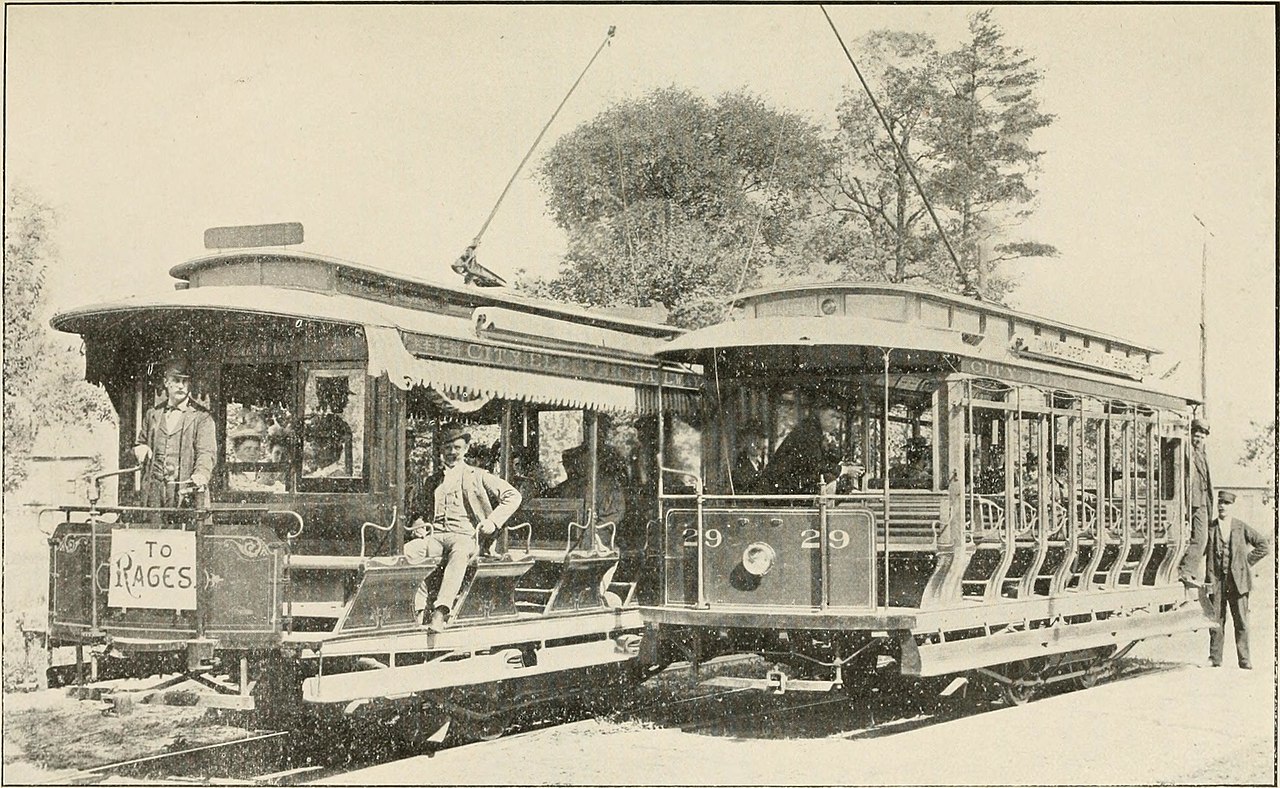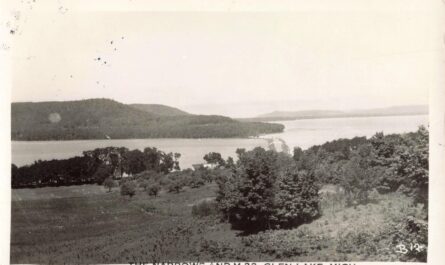In the early 1900s, the history of Redridge, Michigan, was being written in steel, timber, and copper. Redridge was a small company town in Michigan’s Upper Peninsula that sprang up to serve the booming copper mines of the Copper Country. Today it’s a ghost town, but its story is extraordinary – featuring one of America’s only steel dams, a bustling community of miners and families, and a devastating fire that hastened its decline. This blog post explores the History of Redridge, Michigan, charting its rise around 1900, its vibrant company town life, and its fall into silence by the mid-20th century.
Video – Copper Dreams, Steel Dams, and a Town Gone Bust
Copper Mines Spark a Town’s Birth
Redridge began in the 1890s as mining companies expanded into the wilderness southwest of Houghton. The Atlantic Mining Company opened copper mines inland and needed a place to process the ore. In 1892, Atlantic built a stamp mill at Redridge, on the Salmon Trout River, to crush copper-bearing rock. To power that mill, they constructed a timber crib dam on the river, creating a reservoir for industrial water. A few years later, the neighboring Baltic Mining Company arrived. Baltic opened its mine and, by 1901, built a second stamp mill at Redridge. Two mills meant a much greater water demand. The small wooden dam and reservoir from the 1890s were no longer enough.
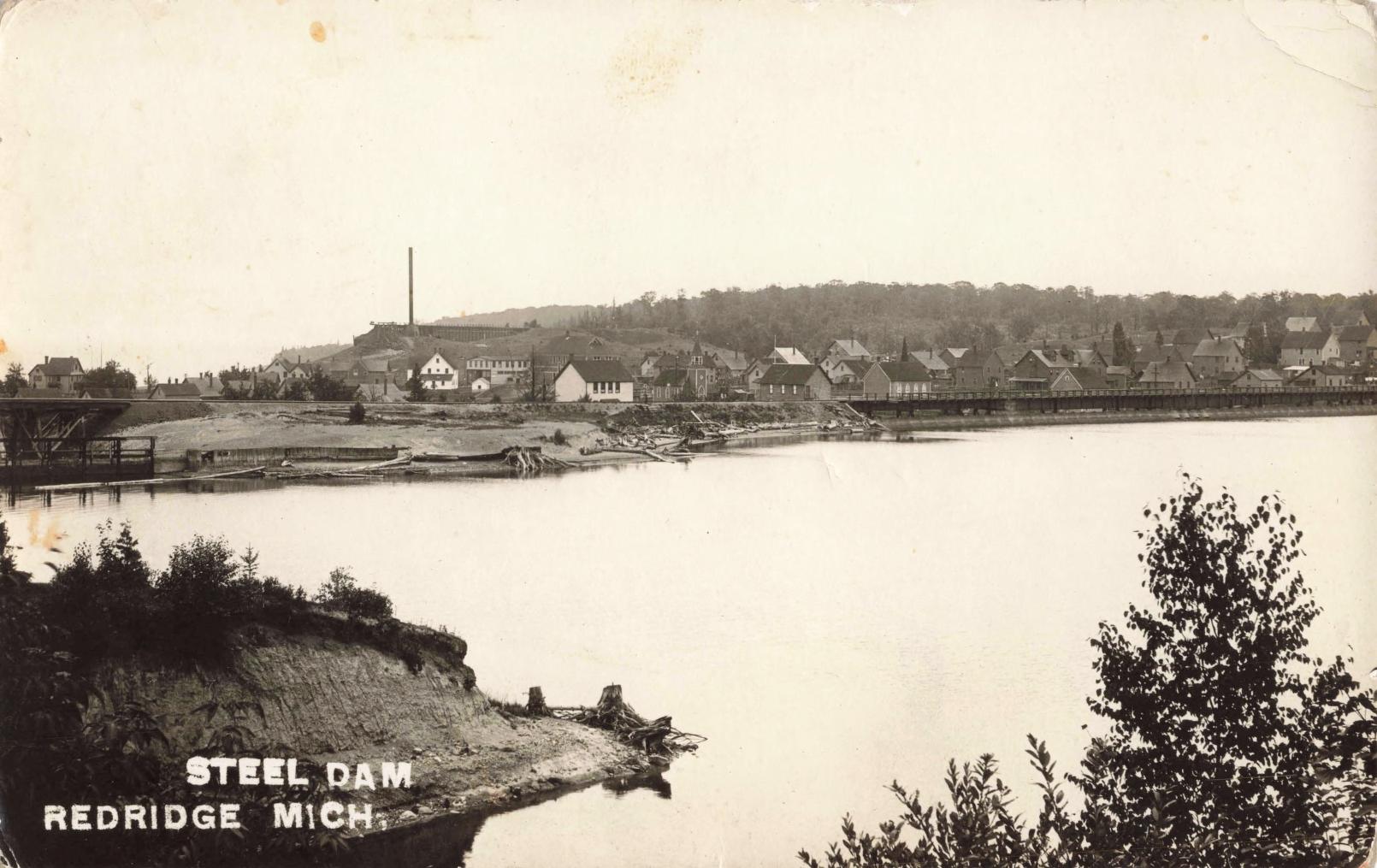
In response, Atlantic and Baltic undertook a bold engineering project: the construction of the Redridge Steel Dam. Finished in November 1901, this large steel gravity dam was one of only three ever built in the United States. It stood about 74 feet tall at the center and stretched over 1,000 feet across the river valley. Using steel instead of stone or concrete was highly unusual, but the companies chose steel because suitable rock was scarce locally and steel promised quicker, cheaper construction.
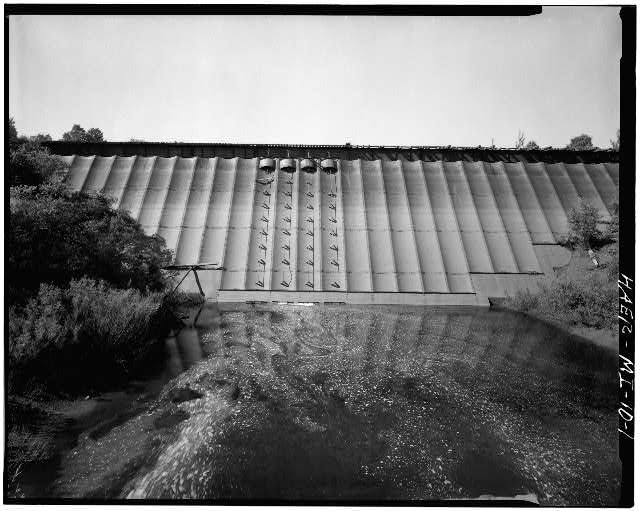
The Redridge Steel Dam created a reservoir holding roughly 600 million gallons of water, enough to keep both the Atlantic and Baltic stamp mills running at full capacity, six days a week. In fact, the dam supplied an average of 25 million gallons of water per day to the mills in those peak years. For comparison, such steel dams were so rare that only two others were ever built in America around that time. Redridge’s dam was not only vital infrastructure – it was an engineering landmark that still looms today.
Life in a Copper Company Town

With two big mills operating, Redridge grew into a classic company town. By 1905–1910, the population reached around 500 (some sources say the heyday population was about 1,100 people). The Atlantic Mining Co. built rows of simple wood-frame houses for workers and their families. According to historical records, 23 houses were built in Redridge between 1894 and 1898, along with a company store, a schoolhouse, a barn, and a mine superintendent’s home. In the following decade, as Baltic’s operations ramped up, the companies added even more structures: additional houses, a boarding house for single men, an ice house to cut and store ice from the reservoir, a doctor’s office, and a new company store after an earlier one burned down. By the 1910s, Redridge had all the hallmarks of a self-contained mining town.
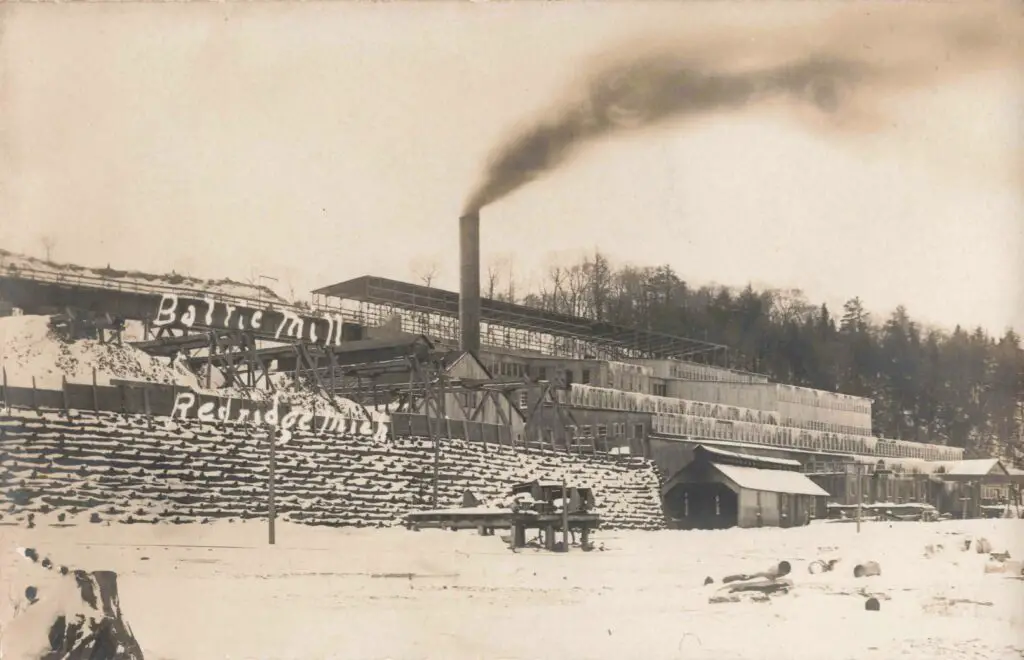
Daily life revolved around work and community. Men labored long hours at the stamp mills – heavy industrial plants where giant steel stamps pulverized rock to extract copper ore. The constant pounding noise could be heard all over town. Women typically kept house, tended gardens, and supported each other through the challenges of frontier life. Children attended the Redridge School, a two-story wood-frame schoolhouse built in 1908. (That school would remain in use until 1972, a testament to the community’s persistence even as mining faded.)
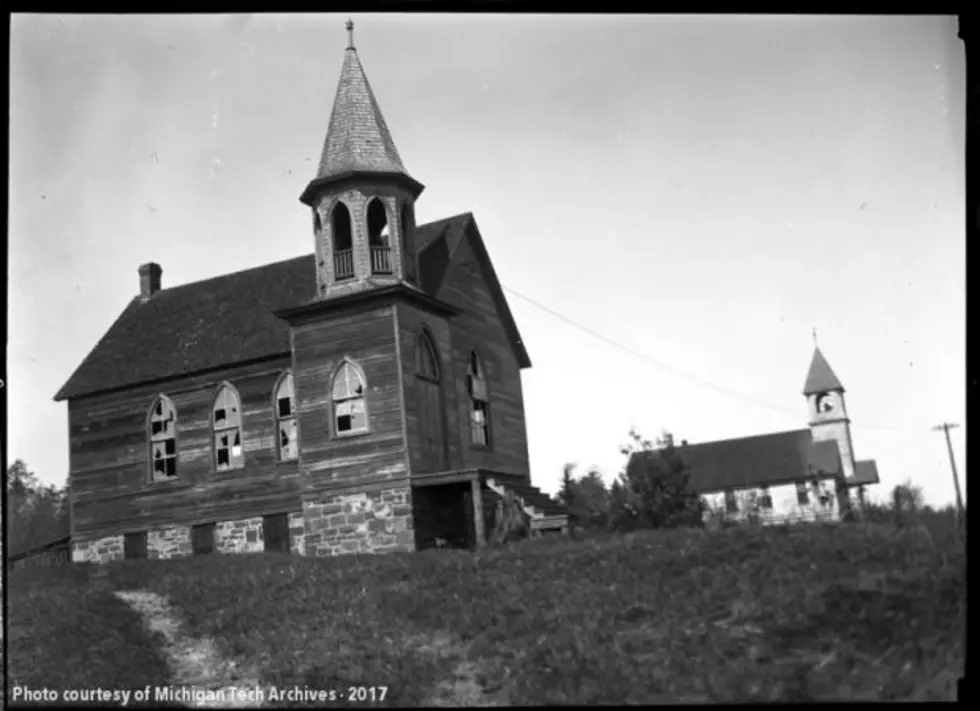
Churches provided spiritual comfort: Redridge had at least two churches in its prime. One was a Congregational Church, and another was a Finnish Lutheran church (Suomi Synod), reflecting the large number of Finnish immigrant families in the area. A small Catholic congregation converted the town’s original one-room school into St. Anthony’s Catholic Church around 1915 – serving Irish and other Catholic miners – and held services there until tragedy struck in the 1930s.
Life in Redridge
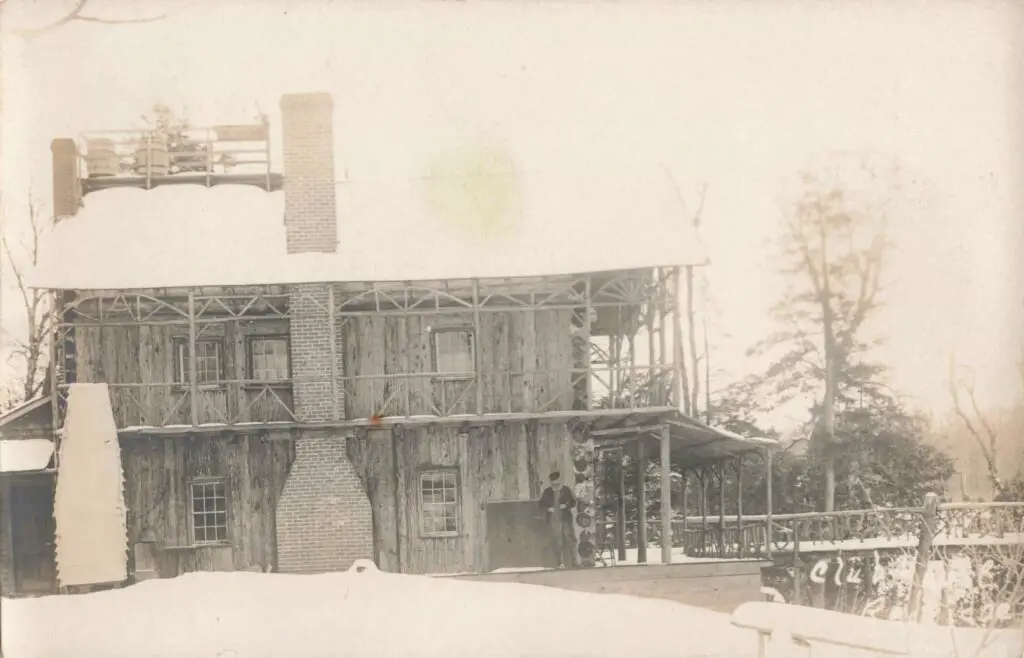
Life in Redridge could be harsh. The town was remote, connected by the Copper Range Railroad and rough roads. Electricity did not arrive until the 1930s, so early residents relied on kerosene lamps for light and wood or coal stoves for heat. Winters were long and bitterly cold in northern Michigan. Still, residents made the best of it. Community events, school programs, and church gatherings brought people together.
In summer, children swam in the pond behind the dam, and fishermen cast lines in the Salmon Trout River. The company store was a social hub where families picked up food and supplies, their purchases often deducted from miners’ pay. For entertainment, there might be a baseball game or a dance in a nearby town. Through all these routines, the people of Redridge forged a tight-knit community on the frontier of Michigan’s copper range.
Challenges, Tragedy, and Decline
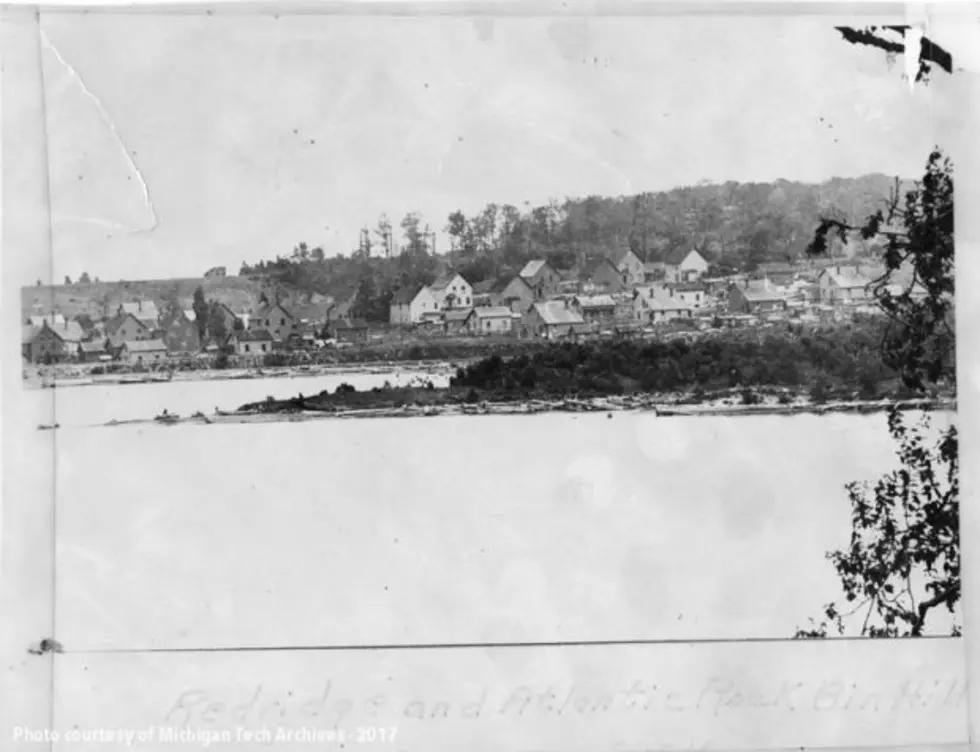
The prosperity of Redridge peaked in the early 1910s. After that, the copper industry began to change. The Atlantic Mine struggled with lower-grade ore and closed its Redridge stamp mill in 1912. The Baltic Mine and mill kept operating through World War I, but by 1922 the Baltic stamp mill was shut down as well. With both mills silent, Redridge’s main purpose was gone. The parent companies (eventually absorbed by the Copper Range Company in 1912) had other operations in the region, but Redridge was no longer essential.
Many mining families moved out to find work at other mines or mills – for example, the Champion mill in Freda, Michigan, a few miles west, was still running and some might find employment there. The History of Redridge Michigan took a darker turn as the population dwindled in the 1920s. By the time of the Great Depression (1930s), Redridge was a shadow of its former self, with dozens of vacant houses and a much smaller population. One historical account notes that by 1940 only a handful of residents remained, effectively making Redridge a ghost town.
1937 Redridge Fire
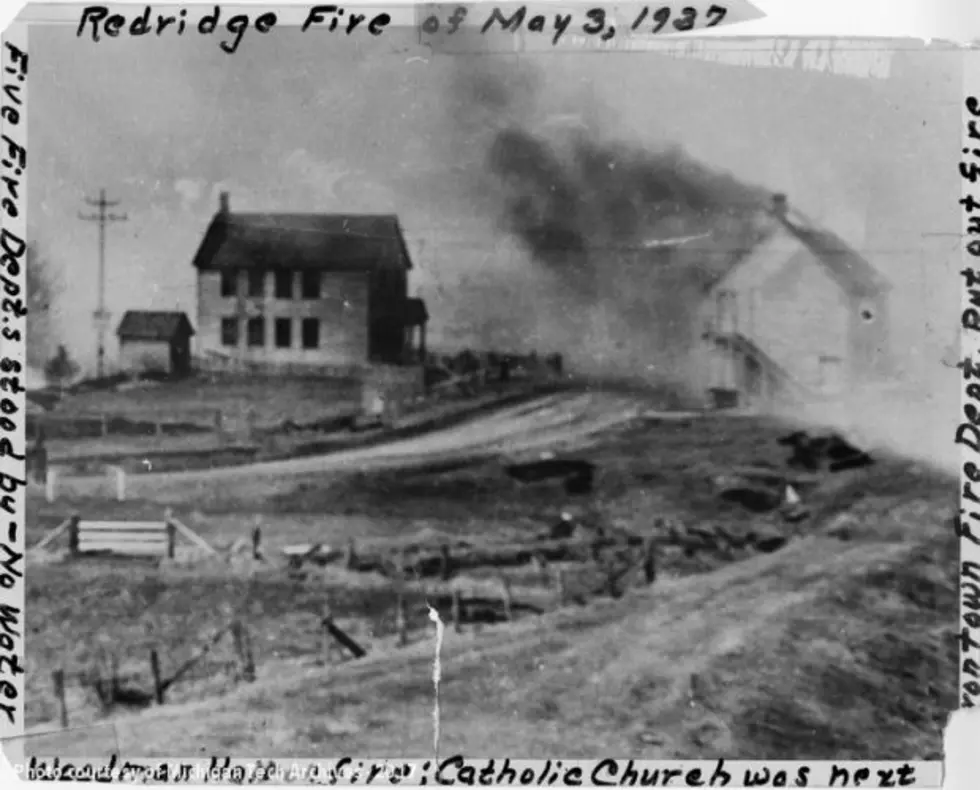
Before it reached that final ghost town stage, however, Redridge endured a devastating tragedy. On May 3, 1937, a fire broke out in the town. The mostly wooden structures stood little chance once the blaze spread. The inferno burned down roughly one-quarter of Redridge, consuming homes, the company store, and even St. Anthony’s Catholic Church, which went up in flames.
Contemporary reports say five area fire departments rushed to help, but only one (from Hurontown) had the means to fight the flames by pumping water from the reservoir behind the dam. By the time the fire was out, dozens of buildings were reduced to ashes, and many remaining families had nowhere to live. The 1937 fire was a crushing blow to a community already in decline. Some residents rebuilt or stayed on for a time, but many others left for good after the disaster. Then, in January 1939, the old boarding house – once home for 40 single workers – burned to the ground as well. These events seemed to mark the end of an era for Redridge.
Ghost Town Legacy
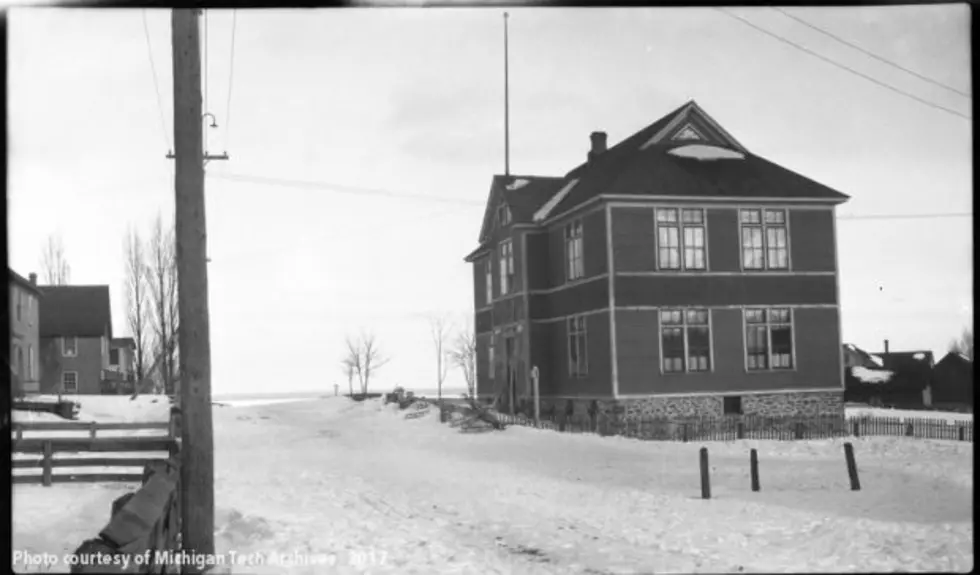
After the late 1930s, Redridge, Michigan, ceased to be an active town in any absolute sense. Nature slowly reclaimed the area. The few remaining residents (some sources say maybe only one or two families by the 1940s) eventually departed. The Redridge School stayed open until 1972, serving children from scattered rural families nearby, but by then it was one of the last functioning remnants of the town. Buildings that weren’t destroyed by fire were either torn down, salvaged for materials, or collapsed over time.
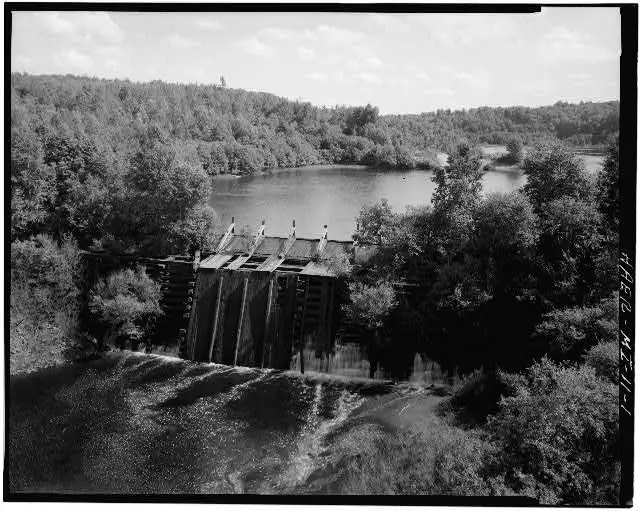
One structure, however, defied the passage of time: the Redridge Steel Dam. Long after the mines closed, the giant steel dam remained in place across the Salmon Trout River. In 1941, a spring flood broke the earthen spillway abutment behind the dam, but the steel buttress dam itself held steady. To prevent any future hazards once Redridge was nearly deserted, the dam’s owners opened its valves and later cut large holes in the steel face in 1979 to permanently drain the reservoir. This revealed the old 1890s timber dam, which had been submerged upstream for decades, giving modern visitors a layered glimpse into the history of Redridge, Michigan’s infrastructure. The steel dam was never demolished and still stands today, recognized as a Historic Civil Engineering Landmark and listed on the National Register of Historic Places. Its once-water-filled basin is now a quiet valley, and the Salmon Trout River flows freely through a culvert near the dam’s base.
Walking through Redridge today, you can find ruins and artifacts of the past: the concrete foundations of the stamp mills hidden in the brush, the tall brick chimney of the Baltic Mill still rising against the sky, and scattered remnants of building foundations and old rail beds. The steel dam, rusted but still imposing, is the centerpiece of this ghost town – a tangible reminder of Redridge’s brief era of productivity and community. Visitors often marvel at how such a massive structure came to exist in what is now a peaceful, almost forgotten location. In many ways, the dam and the ruins are monuments to the people who lived and worked here. They speak to the ambitions of the mining companies, the everyday lives of the families, and the dramatic events (like the 1937 fire) that the town endured.
Images on this page may contain affiliate links in which we may receive a commission. See our affiliate disclosure for details.
Historic Photos of Detroit in the 50s, 60s, and 70s
Historic Photos of Detroit in the 50s, 60s, and 70s documents what a Metro Detroiter would have experienced through those decades, from the commonplace—to a visit from John F. Kennedy.
Final Thoughts About the History of Redridge Michigan
The History of Redridge, Michigan, is the story of countless boomtowns in microcosm. It rose suddenly because of rich natural resources – copper in this case – and innovative engineering, like the steel dam that was far ahead of its time. It thrived for a few decades, fostering a vibrant community in a rugged place. Then, as the ore played out and tragedies struck, Redridge faded just as quickly.
By the 1940,s it was virtually a ghost town, leaving behind only structures and memories. Yet, Redridge is not entirely lost to time. Its steel dam still stands as a testament to industrial ingenuity, and the town’s story survives through photographs, archives, and local lore. In exploring the history of Redridge Michigan, we find a poignant example of the boom-and-bust cycle that shaped so many communities across the Upper Peninsula. Redridge may be quiet now, but the echoes of its copper boom glory and subsequent ghost town silence continue to fascinate historians, engineers, and travelers alike.
Sources for the History of Redridge Michigan
Historical information was compiled from the Stanton Township archives and local history documents stantontownship.com, the Redridge Steel Dam entry on Wikipedia en.wikipedia.org, and the Michigan Tech University archives. These sources provide detailed accounts of Redridge’s mining operations, community life, and the events that led to its demise. The preservation of the Redridge Steel Dam and remaining ruins allows us to remember and learn from this small town’s remarkable story.
